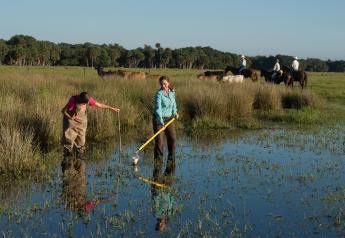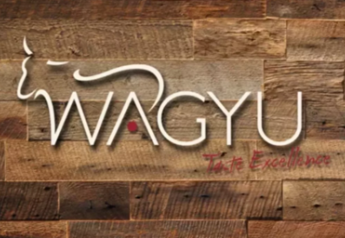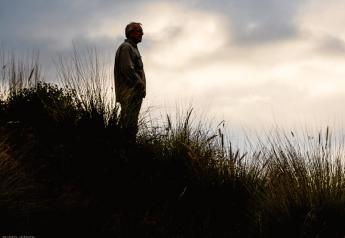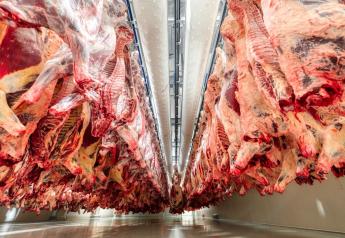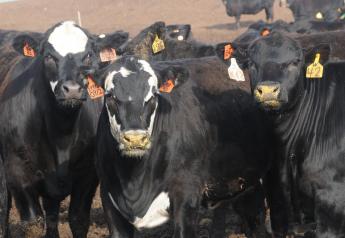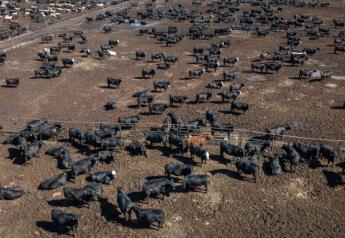Help Cattle Cope With Extreme Heat
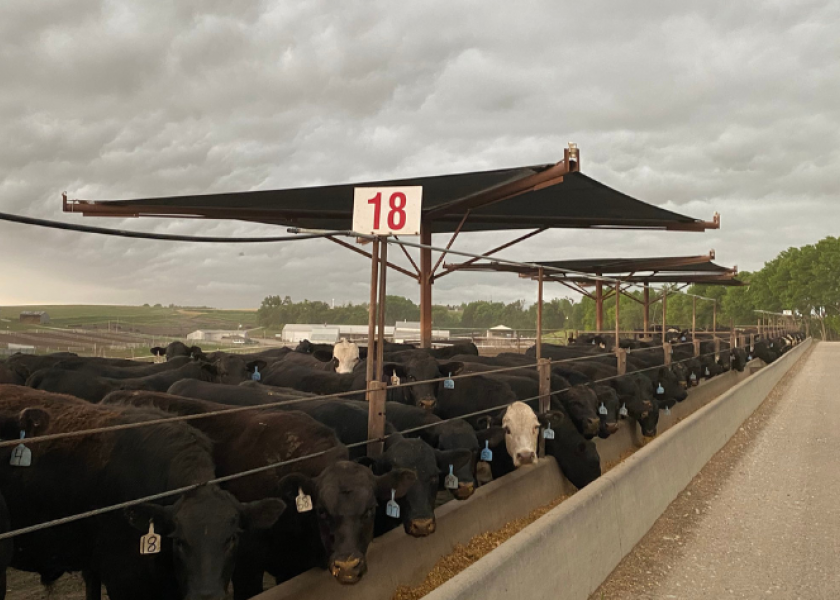
While we can’t control the heat, there are some things we can control to help cattle through it.
- Water – Make sure cattle have access to plenty of clean water, and that there is enough access space for all cattle, including calves, to get to water.
- Shade – If you have the option, move cattle to a pasture that offers shade, or use portable windbreak panels to provide some shade.
- Air movement – Give cattle the opportunity to get into the breeze, if there is one.
- Surface – Access to surfaces that are covered with vegetation will help cattle keep their temperatures lower.
- Additional stress – Consider rescheduling anything that will add stress to cattle, like gathering, weaning, preconditioning, etc, if that's an option.
Some resources for dealing with heat stress in cattle:
Heat
- Don't Get Caught Off Guard, Be Prepared to Beat the Heat | UNL Beef
- Heat Stress: Handling Cattle Through High Heat Humidity Indexes ...
- Helping Cattle Cope with Summer Heat | UNL Beef
- Ensuring Beef Quality Assurance to Beat the Heat | UNL Beef
- The U.S. Meat Animal Research Center Cattle Heat Stress Forecast and Nebraska Mesonet Cattle Comfort Index can be helpful in determining when cattle are at risk for heat stress.
Water
- How much water do cattle need and what water problems should ...
- How to Increase Water Access for Feedlot Cattle in Hot Weather ...
- Meeting Water Needs of Cattle in the Feedlot


